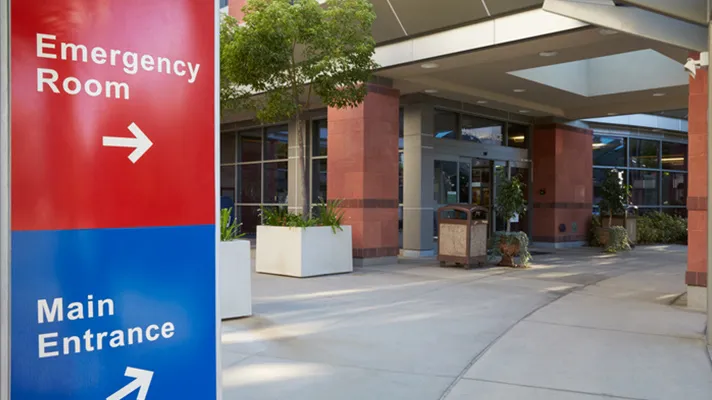
Multiple credit stresses converged on U.S. nonprofit in 2017, triggering a sharp uptick in credit downgrades. That's the word from a new report issued by Moody's. Those stresses included the national nursing shortage, volume moderation and reimbursement changes or cuts.
Downgrades for domestic nonprofit hospitals rose to 41 in 2017, up from 32 in 2016. Additionally, the number of credit upgrades dropped to 12 in 2017 from 21 in 2016.
[Also: Moody's warns hospitals to beware of payer growth strategies on margins, bargaining power]
The two trends together meant that the 2017 downgrade-to-upgrade ratio of 3.4-to-1.0 was more than double the 2016 level of 1.5-to-1.0, despite a stronger economy and the lowest level of uninsured since the Affordable Care Act passed.
"These credit pressures contributed to our revision of the sector outlook to negative from stable in December 2017," Moody's said.
This especially is a caution worth noting considering the pace of M&A activity over the last few years. Providers would do well to meticulously plan for the deeper details of a seemingly beneficial merger deal, as at least in the short term, it could impact their standing negatively, and proactively plan with financial experts on how to avoid or minimize changes to their credit rating while pursuing a transaction. As the few years directly following a merger an be rocky as the acquirer integrates new facilities and staff into their original network, incurring more costs with the new salaries and improvements that may need to be made to incoming facilities.
Rising labor and supply costs along with inadequate revenue growth caused a combined negative impact that is expected to continue over the coming year and was reflected in the 41 rating downgrades. Debt issued to renovate and expand inpatient facilities also played a role, as it boosted leverage and risks associated with construction, which overshadowed the prior credit profile.
"Smaller systems and Rust Belt hospitals more acutely felt the credit pressures. Most of the downgrades were concentrated in hospitals and health systems with less than $1 billion in total operating revenue. A high number of downgrades occurred in Ohio and Pennsylvania, reflecting economic challenges in the Rust Belt," Moody's said.
It also appeared that smaller providers were at a disadvantage, as the report said more than 60 percent of rating changes were systems under $1 billion in revenue.
Mergers and acquisitions activity will continue its march through the industry with a mixed effect on credit. There were some deals that yielded upgrades thanks to positive changes in debt security, but others spawned downgrades when larger systems acquired weaker providers.
"Acquisition strategies, in particular, can drive downgrades because they involve a purchase price of an asset compared to a merger, which often involves no exchange of cash," Moody's said.
However, bright spots in the sector were apparent. Consistent improvement in financial performance, debt service coverage and growth in liquidity contributed to several of the upgrades in 2017.
Twitter: @BethJSanborn
Email the writer: beth.sanborn@himssmedia.com